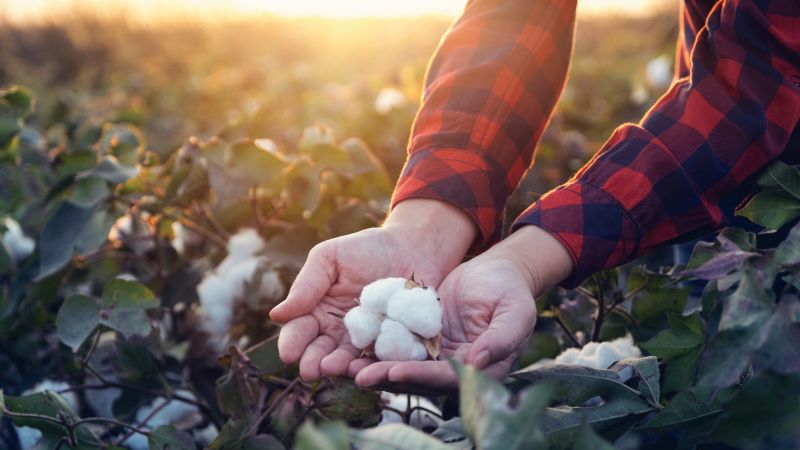Spotlight on: Tanzania
Although the price of cotton in Tanzania has continued to rise in recent months, not all growers have been able to take advantage of the high prices. The majority of farmers are peasants who are forced to go without income from one year’s harvest to the next, and as a result, usually must sell their crop as soon as the cotton-buying season begins in June. This year, despite the fact that industry experts cautioned growers to wait, the price at that time (US$0.40 per kg) was too attractive for most small Tanzanian growers to resist.
Since June, the price of cotton has increased by 33 percent, but most growers have nothing left to sell. Only a few of the larger growers have any stocks remaining to sell at US$0.53 per kg, and ginners are largely unable to find any cotton even at that historically high price.
“What happened this season is uncommon,” says Marco Mtunga, acting director general of the Tanzanian Cotton Board. “Immediately after the launch of the season, ginners usually compete and offer many different prices, but the price of US$0.40 per kg had prevailed for almost 5 months, for all ginners. The economic recession has caused ginners to sustain heavy losses and made them very cautious.
“We are treating this as an exceptional case and we think it will not affect the prospects of the industry,” Mtunga continues. “The funding mechanism for all farmers is the same. What differentiates the farmers is the volume they produce, and their degree of diversification. Those who grow more than one crop don’t rush to sell immediately after the harvest, thus benefiting from the price increase. But at the same time, if the price drops, they will suffer.”
The unusually high prices have created an intense competition that is leading some people to take unethical, if not illegal, steps to procure whatever cotton they can. Stocks that had already been sold, but not yet delivered, at US$0.53 per kg are fetching offers as high as US$0.70 per kg from competitors.
“The Cotton Board, as a regulatory body, intervenes whenever there is evidence of a cartel, but the price increase this season has been fueled by lower production than anticipated,” Mtunga says. “Today’s price is US$0.80 per kg of seed cotton. The principle of demand and supply for this season does not hold as ginners are struggling to fulfill their contractual obligations.”
Tanzania’s production target was 260,000 tons of seed cotton but adverse weather—as it has in so many other countries this year, including India and Pakistan—has reduced those expectations.
“As the season approaches its end, most likely we will produce about 160,000 tons due to excessive rainfall that has affected the crop in many areas, as well as improper usage of water-based insecticides under those conditions,” Mtunga says. “This will compromise the sanctity of contracts for exporters and local textile millers. However, we consider it to be a one-season problem.”
One possible solution that has been proffered to level the playing field for all Tanzanian growers is to enable peasants to hold their stocks until prices rise by establishing a warehouse receipt system. Under that arrangement, growers would be able to use their cotton as collateral for short-term loans that would get them through the post-harvest period and allow them to sell at a later date, when prices are more advantageous.
“The warehouse receipt system is a good solution if growers are united in strong cooperatives,” Mtunga says. “The government is also working on the creation of farmer business groups, and once these groups become strong, they will be able to access credit from the financial institutions and become independent in terms of inputs. Then, they will be able to make their own decisions on when to sell their crop.”








